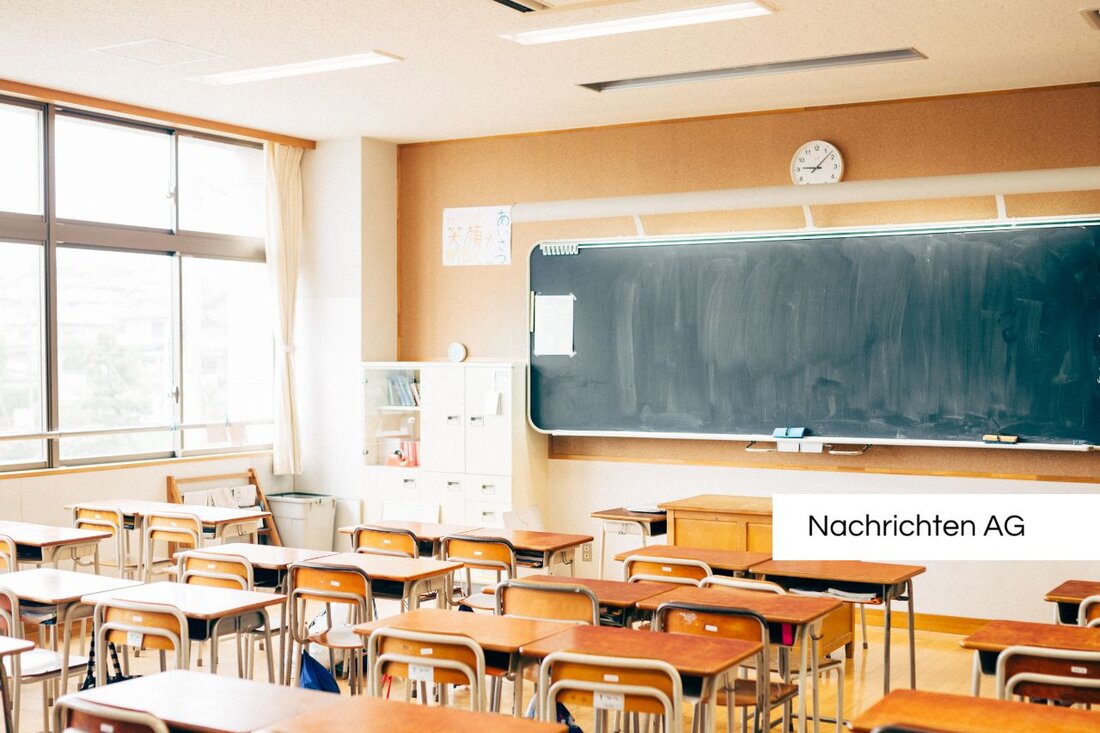More green for Simmering: New facades of green municipal buildings!
In Vienna, the façade greening in Simmering is being expanded to improve the microclimate and increase quality of life.

More green for Simmering: New facades of green municipal buildings!
In Simmering, the urban greening initiative is being further advanced with new green facades. The facades of two further community buildings have now been planted with various types of plants, including climbing plants, ground cover plants and low shrubs. These new locations are located at Dommesgasse 1-7 and Geiselbergstraße 27-31. The goal is clear: to create cooler facades and an improved microclimate, which seems all the more urgent given the climatic challenges that cities are facing. Press Vienna reports that the residential complex at Herbortgasse 42 was successfully planted last year.
Climate City Councilor Jürgen Czernohorszky highlights the advantages of greening buildings, which not only improve the quality of life of residents but also contribute to biodiversity. Vice Mayor and Resident Councilor Kathrin Gaál also emphasizes the importance of natural cooling through the newly created green spaces. This project is not least the result of the participation of the citizens who initiated the greening project in Simmering in 2022 in a jury. The implementation was coordinated by Wiener Wohnen, represented by deputy director Daniel Milovic-Braun. He explains that the greening measure should be understood as part of the climate change adaptation of existing municipal buildings.
Vienna climate team and green vision
The Vienna climate team is pursuing a visionary strategy for greening urban areas, which was developed in collaboration with experts in the Margareten and Simmering districts in 2023. An outstanding example of these efforts is the project at the elementary school at Am Hundsturm 18 in Margareten, which will be implemented in November 2024. Here the focus is on the entrance area with climbing plants and an automatic irrigation system for the climbing plants. Such measures help reduce heat stress for students and residents.
In Simmering, the “greening of community buildings” project began in the summer of 2024 with the planting of a total of four residential buildings, including Römersthalgasse 9 to 17. Further greening is planned for 2025 at Simmeringer Hauptstrasse 106-108 and Geiselbergstrasse 27-31. These greening projects promise many benefits: cooler spaces in the summer, warmer heating efficiency in the winter, and the creation of new habitats for animals. Saving heating costs is another positive aspect that is promoted by these projects. The Vienna climate team emphasizes that the greening measures are made possible through the cooperation of various city departments.
Urban adaptation to climate change
Climate change is forcing cities to rethink their living conditions. Higher maximum and average temperatures in particular pose a challenge. The Federal Environment Agency highlights that greening, such as green roofs and facades, are cost-effective measures to adapt urban spaces to climate change. While other infrastructure projects require large investments, green spaces provide an important form of recreation, improve quality of life and help reduce the risk of flooding.
In summary, the promotion of green spaces and the greening of facades represents an important step in meeting the challenges of climate change while improving the quality of life in urban areas.

 Suche
Suche
 Mein Konto
Mein Konto
